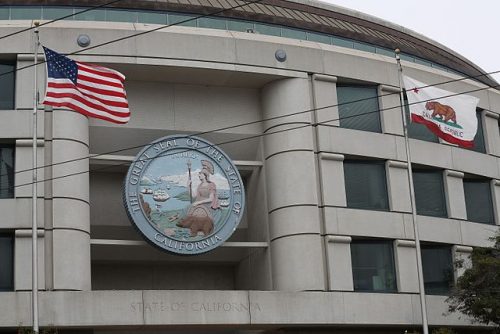
CPUC approves Renewables Auction Mechanism – the Good and the Bad
Achieving the Governor-elect’s vital goal requires a far more ambitious procurement program tailored to the Wholesale DG market segment.
On Thursday, December 16, the California Public Utilities Commission (CPUC) approved plans to move forward with a Renewables Auction Mechanism (RAM). The defined goal of this program is to procure 1 Gigawatt (GW) of clean energy in the 1.5-20 MW project size range over the next two years.
Over the course of the last year, the FIT Coalition has been intimately involved in strengthening the RAM proposal. We are happy to have played a significant role in several key provisions that make the approved program stronger than its original form. Our key successes lie in the CPUC requiring greater transparency from the utilities so that developers can locate projects where they will be most economically viable. The FIT Coalition even got a clear reference that “locational benefits” be considered in the bid evaluation process. However, the RAM still has many flaws. Here is our quick summary of the good and the bad of the approved RAM program:
The Good:
- Places long overdue focus on the 20 MW-and-smaller market segment.
- Highlights that current policy is lacking in support of this crucially needed “middle” market segment of which Wholesale Distributed Generation (WDG) is the most critical component (WDG = 20 MW-and-smaller projects that are interconnected to the distribution grid, which puts the generation close to load and eliminates any dependence on transmission build-outs).
- Validates that ‘locational benefits’ have tangible value and that prices paid to developers should reflect the benefits of projects that avoid the significant costs associated with transmission (massive capital expenditures, decade-long build-outs, and significant line and congestion loses). The inclusion of locational benefits will help assure that the less tangible benefits of WDG will be reaped as well, with less development happening on environmentally sensitive and pristine lands that are often required by central station power plants and their associated transmission.
- Requires utilities to provide specific grid details that will help developers select viable sites before incurring significant costs gaining site control and conducting interconnection studies.
The Bad:
- Institutes an experimental program that does not lessen the need for a comprehensive statewide Feed-In Tariff (FIT) program modeled after the most successful policies in the world for getting cost-effective renewables deployed in a timely fashion.
- Fails to focus entirely on WDG by allowing transmission-interconnected projects. The means that the RAM fails to assure that it will gain a key potential benefit of 20 MW-and-smaller projects: producing energy close to load and avoiding the significant costs, timeframes, and environmental issues associated with transmission.
- Institutes a lop-sided playing field that greatly favors well-established companies and will likely be dominated by a few large companies.
- Continues one of the biggest problems with all of California’s solicitation processes, including auctions, which is an unbelievably high failure rate. In general, California’s solicitation-based RPS programs result in more than 95% of the bid capacity to be rejected by the utilities or to be abandoned by developers in the end due to underbidding.
While we applaud the CPUC’s experiment to try a new program that puts focus on the 20 MW-and-smaller market segment, the design of the RAM has major flaws.
The new Governor is calling for 12 GW of Wholesale DG by 2020. The RAM will only result in a maximum of 1 GW over the next two years, and the RAM projects might take years longer to actually come online. Thus, achieving the Governor-elect’s vital goal, and creating hundreds of thousands of California jobs at the same time, still requires a far more ambitious procurement program tailored to the Wholesale DG market segment.
***Check back in January for news on the CLEAN-CA program which just might be the answer.***

